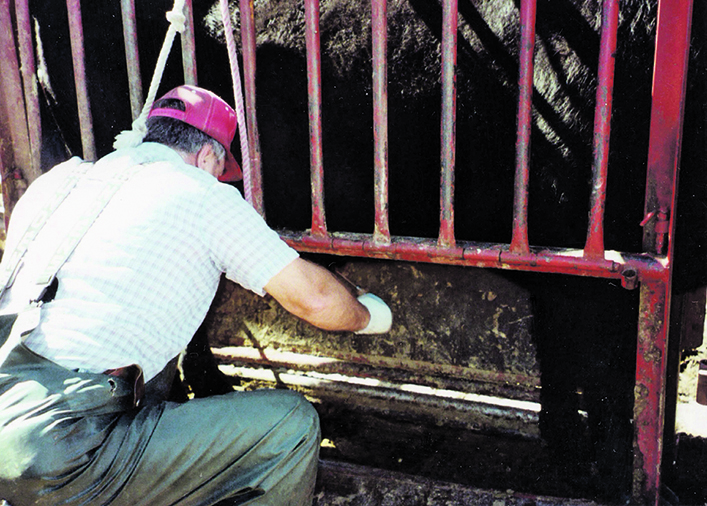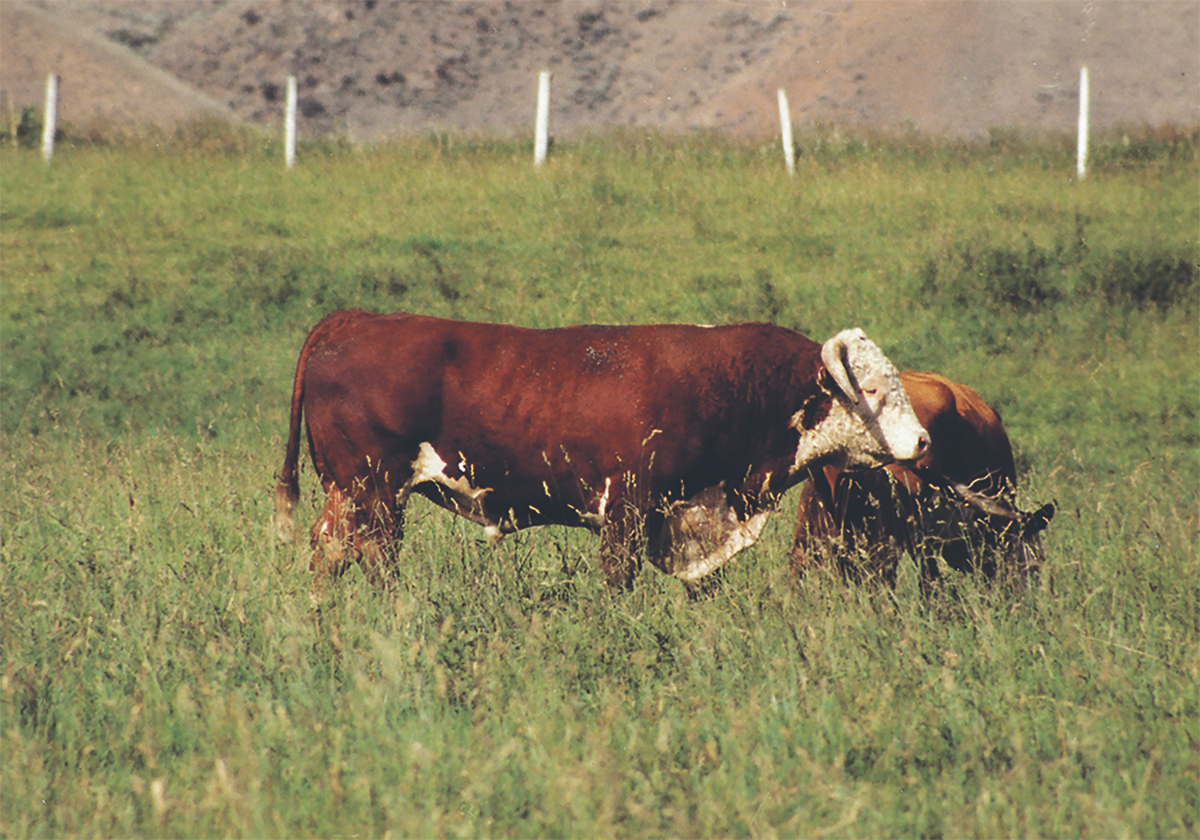Testing methods have improved for this sexually transmitted disease, making it easier for producers to keep it at bay
UPDATED: September 26, 2025 – Trichomoniasis, a sexually transmitted disease, can sneak into a herd without obvious signs until cows don’t conceive and the calf crop is reduced.
It is caused by protozoa in the reproductive tract of cows and the sheath of bulls and occurs most often when ranchers use untested bulls, buy open cows or when cattle herds mingle in community pastures.
How trichomoniasis impacts your herd
Read Also

Canada told trade crisis solutions in its hands
Canadians and Canadian exporters need to accept that the old rules of trade are over, and open access to the U.S. market may also be over, says the chief financial correspondent for CTV News.
A cow infected at breeding does not get sick but the infection kills the developing embryo or fetus within the first months of gestation.
The cow returns to heat but does not settle until she clears the infection. Her reproductive tract usually recovers after two or three more heat cycles.
If bulls are left in the herd for a long time, cows will breed back after aborting and recovering from infection. That means late calves and a strung-out calf crop next year.
How is it spread?
Bulls are the main source of spread. Young bulls might clear the infection after sexual rest but older bulls often remain infected for life.
The protozoa live in tiny pockets and creases on the inner surface of the sheath. A higher infection rate in older bulls may be because they have more folds in the sheath and the skin inside the prepuce.
Dr. Steve Hendrick of the Coaldale Veterinary Clinic in Coaldale, Alta., says trichomoniasis is similar in some ways to coccidiosis because of the source organism, but trichomonads have microscopic appendages that allow them to swim and move around.
“These protozoa are passed to cows during the act of breeding,” he said.
There is no risk from virgin bulls, but in that case an infected cow is the greatest source of infection. Any bull that breeds it will pick up the infection and become a reservoir.
Prevention and testing
Hendrick said it is wise to test bulls every year before the breeding season, especially if using community pastures.
“We’ve seen a trend toward sale of more yearling bulls than older bulls, and this may create less risk for trichomoniasis,” he said.

“Yet it’s hard to prove that a bull is truly a virgin. Sometimes we get surprised with teenage pregnancies in heifers that got bred before they were weaned, and some bull calves may try to breed cows before they are weaned, as well.”
In community pastures, bulls must have a negative PCR test before entering.
“In some instances, if bulls are also doing breeding at home before they go to the community pasture, they may need multiple tests to make sure they are clean. No one wants to have to test bulls because it’s a hassle and hard on the facilities, but having an infected bull that didn’t get removed before the breeding season can be devastating,” Hendrick said.
Many grazing associations won’t allow cows that don’t have a calf at side, since carrying a calf to term is usually evidence the cow is free of trichomoniasis.
In the U.S., some states require a negative trich test before a bull can be turned out with cows, especially on summer range allotments.
“In Canada we don’t have province regulations controlling this, but in areas that have had issues, it’s important to try to control this disease,” said Hendrick.
The tricky part is that the cattle are not sick and there’s no way to tell if they are carrying it. It might not become evident until checking pregnancy.
Some cows will eventually mount an immune defense and overcome the infection but a few may still harbour protozoa into the next breeding season.

A vaccine was once developed but wasn’t effective.
Diagnosis and treatment
“We currently don’t have anything commercially available for trichomoniasis. There is no treatment, so the best strategy is just testing bulls and culling,” says Hendrick.
Many veterinarians recommend testing before bulls are turned out and again two weeks after the breeding season. This gives another chance to see if the disease snuck into the herd.
Debra Lawrence, an Idaho State veterinary medical officer, said that in earlier years the only way to check for trich was to take repeated samples from the bull’s sheath, at different intervals, and culture them. That has a 90 percent chance of determining infection.
Today, many breeders use a polymerase chain reaction test that is faster and more accurate.
“In the past we’ve had a few bulls turn up positive with the culture tests, even though they did not have trich, and we couldn’t figure out why,” said Lawrence.
“Then we sent those samples to labs that did PCR testing and they could tell us whether it was the venereal trich or the fecal type of protozoan that does not cause reproductive problems. The PCR test is the only way to differentiate those.
“We learned there are some trichomonads that are not pathogenic so we get some false positives,” said Lawrence.
Fecal trichomoniasis is due to non-pathogenic protozoa that are normal residents of the bovine digestive tract and present in manure. They can be transferred to the bull’s reproductive tract when bulls mount and try to breed one another. These young bulls get manure in the prepuce and it may contain non-pathogenic protozoa.
“Most people only do one PCR test, but multiple tests are still the best insurance,” said Lawrence.
Hendrick said PCR tests are common in Canada, and one is often sufficient.
In commercial herds, pooled testing can be useful, he added. That saves money and works well if none are positive but all must be tested if any sample does prove positive.
“I only use the pool test on herds where I feel the risk is very low. It’s assurance to know that they are all negative and can save money on the testing.”

















